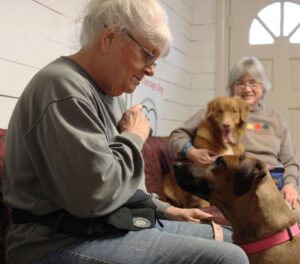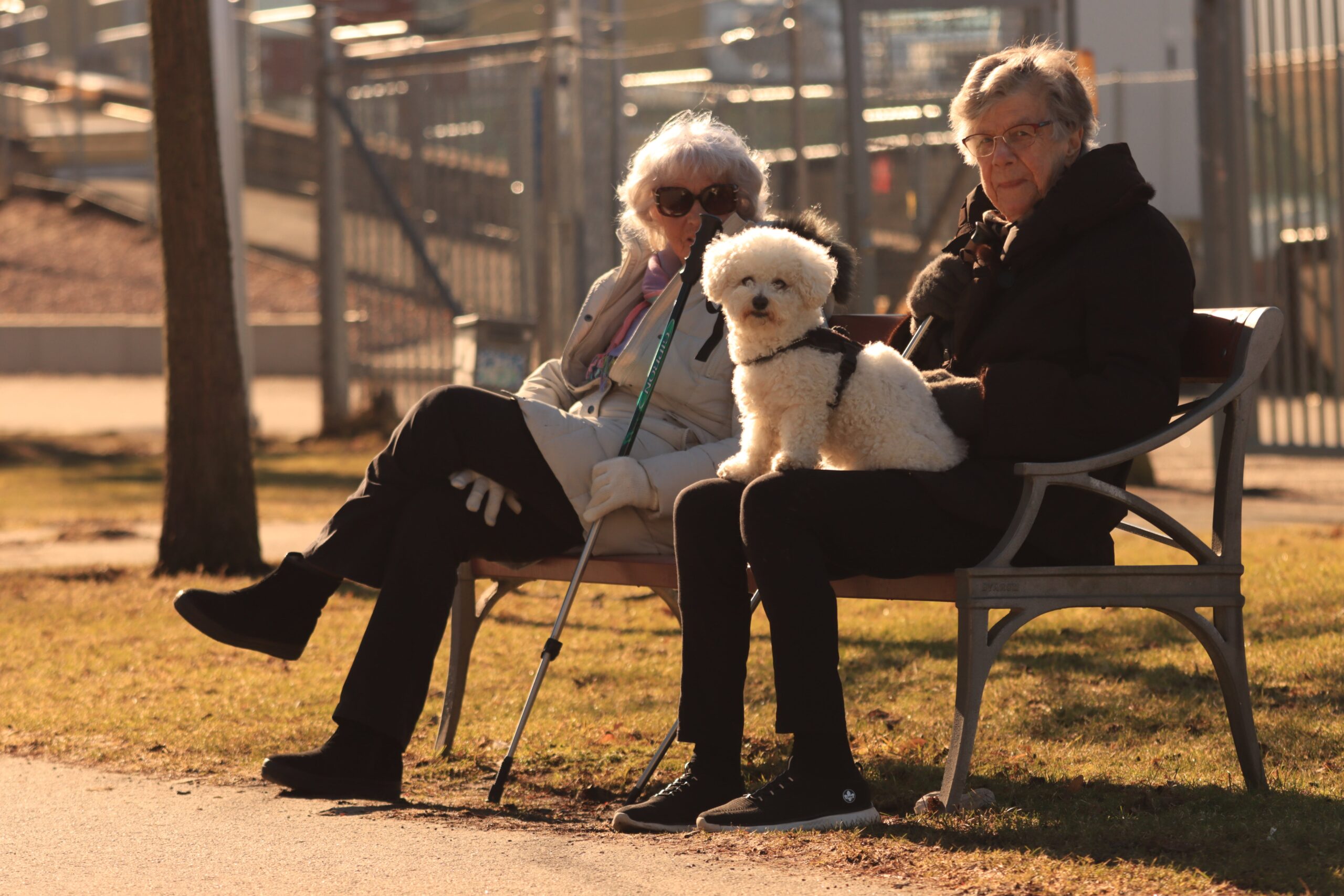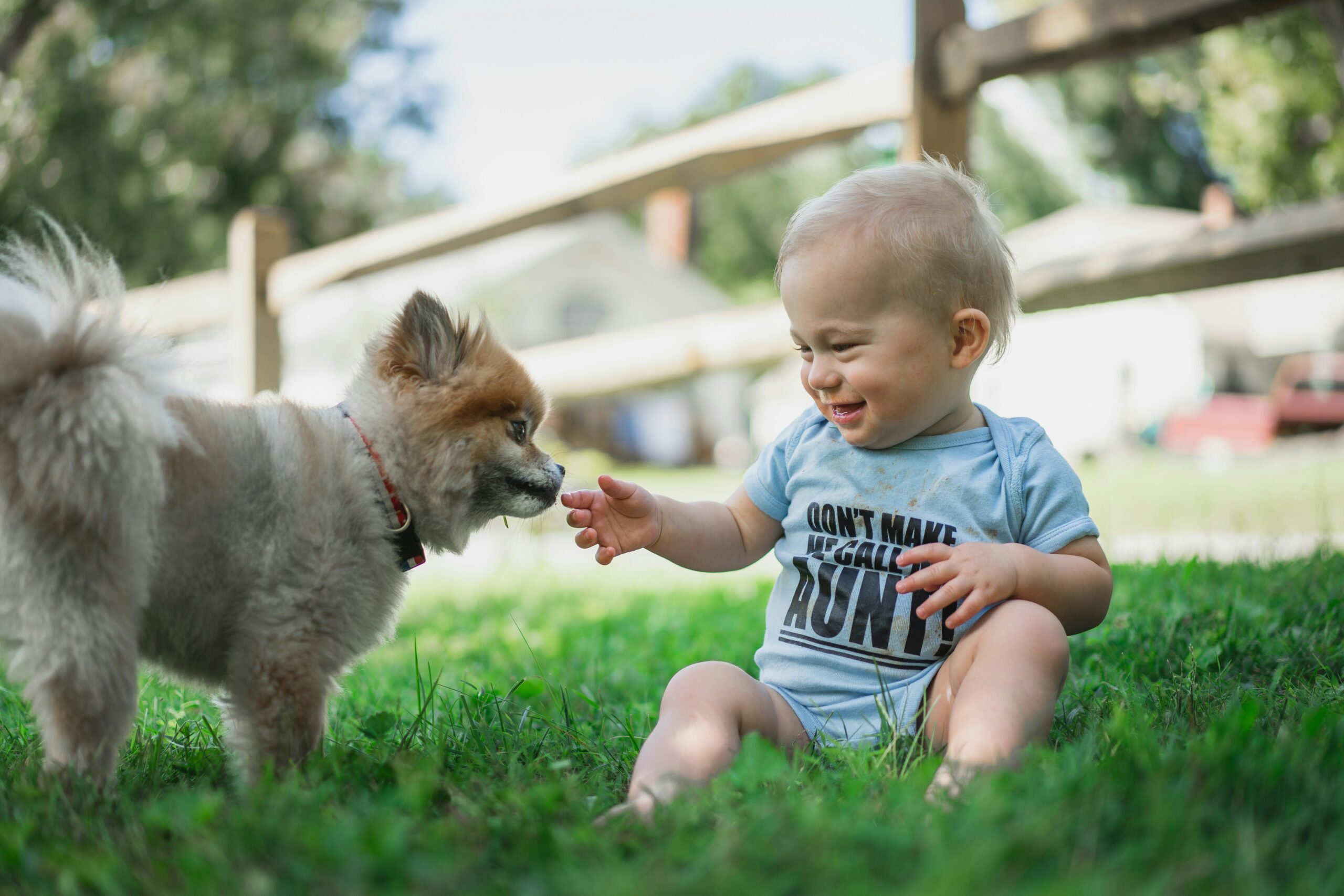In an era where the elderly population is growing, and the need for innovative solutions to enhance their well-being is paramount, the role of our four-legged friends is taking on new significance. Training Dogs to Aid the Elderly explores the remarkable intersection of canine companionship and practical assistance for seniors. This groundbreaking approach delves into the emotional support dogs naturally provide and addresses a critical aspect of fall prevention for the elderly. As we delve into the transformative realm of training dogs to aid older adults, the focus on fall prevention emerges as a critical element in ensuring the safety and independence of our aging population. Join us on a journey where the bond between humans and their furry companions transcends the conventional, becoming a lifeline for the elderly in navigating the challenges of aging with dignity and security.
Unveiling the Unique Advantages of a Home Companion Dog:
We’re familiar with the wide-ranging benefits that dogs bring to people of all ages and circumstances. However, what advantages can a companion dog offer you or your cherished family member? Let’s explore the exclusive benefits of having a canine companion in the comfort of your home.
Cultivating a Sense of Accountability through Companion Dogs:
Many individuals, whether children or adults grappling with various diagnoses or disabilities, often encounter challenges in accomplishing tasks or experiencing a sense of achievement. Introducing a companion dog is a fantastic avenue for instilling a sense of responsibility and, consequently, a feeling of fulfillment. Engaging in smaller tasks related to the dog’s care empowers individuals, fostering confidence and a burgeoning sense of accomplishment.

Having a dog to teach or show off tricks is a great way to bond and also keep both minds sharp!
Enhanced Sensory Stimulation:
Individuals diagnosed with autism, both children and adults, often grapple with sensory disorders. Dogs’ substantial, soft, and reassuring presence can prove invaluable in offering precisely calibrated sensory input for these individuals, assisting in managing and addressing their sensory challenges.
Fostering Social Bonds through Canine Companionship:
Children facing conditions and diagnoses that hinder typical social interactions often find it challenging to connect with peers. The sense of isolation and reluctance to engage with others, including discomfort in conversation, may be prevalent. A dog is a natural catalyst for building friendships, as a built-in bridge to social interaction for our older adults. With dogs as companions, initiating conversations becomes more accessible, as people are generally more inclined to engage with someone accompanied by a canine. The simple activities of walking or playing with a dog present avenues for forging connections creating opportunities for friendship and social interaction among the elders.
Easing Isolation: The Comfort of Canine Companionship for the Elderly
Loneliness is a prevalent challenge for many elderly individuals, often stemming from limited opportunities to connect with others due to physical constraints or reduced mobility. Even when opportunities arise, the physical effort required to go out can be daunting. A companion dog serves as an in-home source of friendship and companionship, alleviating loneliness’s physical and mental burdens.
Mutual Benefits: How Service Dogs Aid Both Caregivers and Loved Ones:
While caregivers typically seek service dogs to enhance the quality of life for their loved ones, it’s essential to recognize that caregivers themselves can reap valuable advantages. Beyond addressing the health concerns of a loved one, caregivers often grapple with their health issues and heightened stress levels stemming from increased responsibilities.
Service dogs offer a range of benefits that extend to the caregiver and their loved one. Emotional support, overall family assistance, strengthened bonds, and the assurance that the dog remains a steadfast presence when the caregiver is unavailable are among the key advantages, as outlined in a research study conducted by Purdue University.
Choosing the Right Canine Companion:
While a specific dog breed may capture your interest, prioritize the individual dog’s personality and characteristics over its breed alone. Opt for a canine companion that aligns with your unique lifestyle and capabilities, emphasizing factors such as size and temperament, which are frequently deemed crucial for seniors. In addition to these considerations, other qualities, like shedding, may be significant, especially for individuals prone to allergies. These guidelines are crafted to help you make a discerning decision when choosing a canine companion, focusing on enhancing measures in fall prevention for elderly.
Conclusion:
In the realm where companionship meets caregiving, the journey of training dogs to aid older adults is a testament to the remarkable bond that transcends species. As we navigate the intricate landscape of aging, these furry companions cease to be mere pets; they become integral members of a support system, offering solace, security, and assistance when needed most. The exploration of fall prevention, emotional well-being, and the unique role dogs play in the lives of older people unveils a narrative that goes beyond the conventional notions of companionship. It’s a narrative woven with threads of empathy, understanding, and a commitment to enhancing the quality of life for our aging population. In the paws of these compassionate canines, we find caregivers and trusted friends standing steadfast in the shared journey of navigating the challenges of growing old with grace and dignity.
Photo credit: Photo by Efrem Efre : https://www.pexels.com/photo/women-sitting-on-bench-with-a-dog-12794999/
Photo by Teresa Sturek: https://www.pexels.com/photo/elderly-women-together-with-their-pet-dogs-at-home-11430124/
Did you find this city dog content helpful? Share it with a friend or link it to social media. Enjoy short clips of silly dogs? Best dog training videos? Holistic puppy training tips? Follow us on instagram @nydognanny or on YouTube at nydognanny. Have some news you needs to get to dog and cat parents stat? Email info@newyorkdognanny.com with your article pitch.




